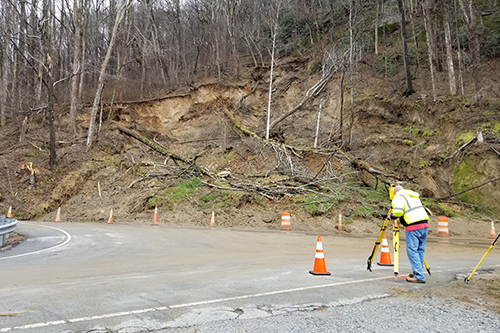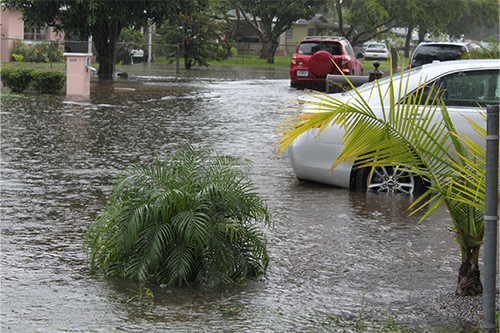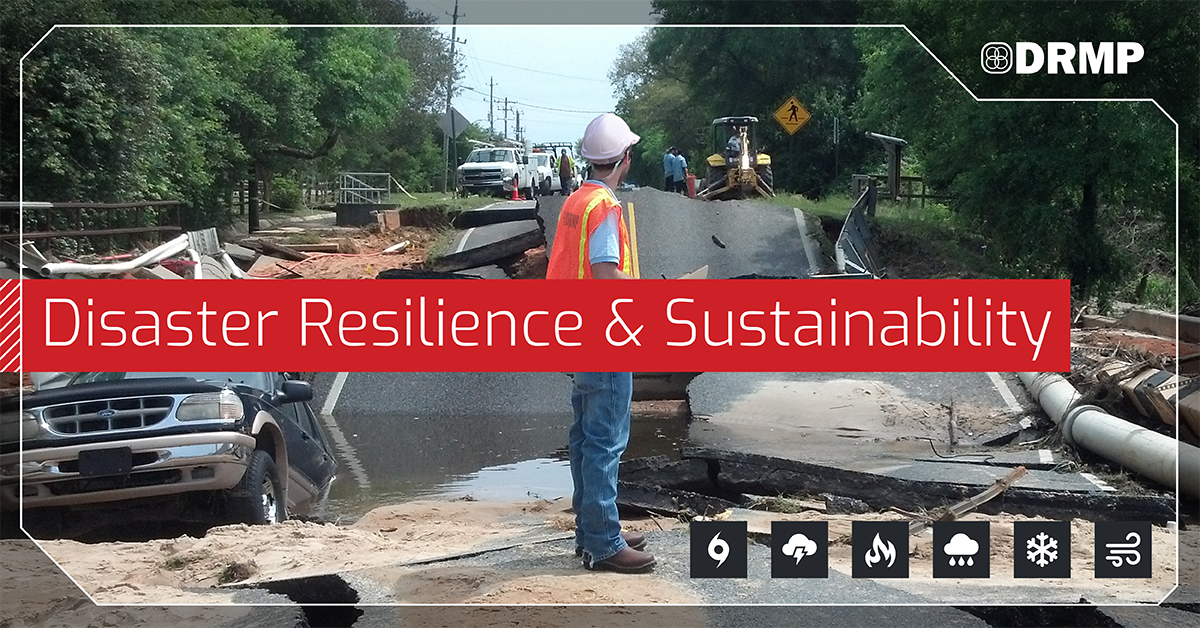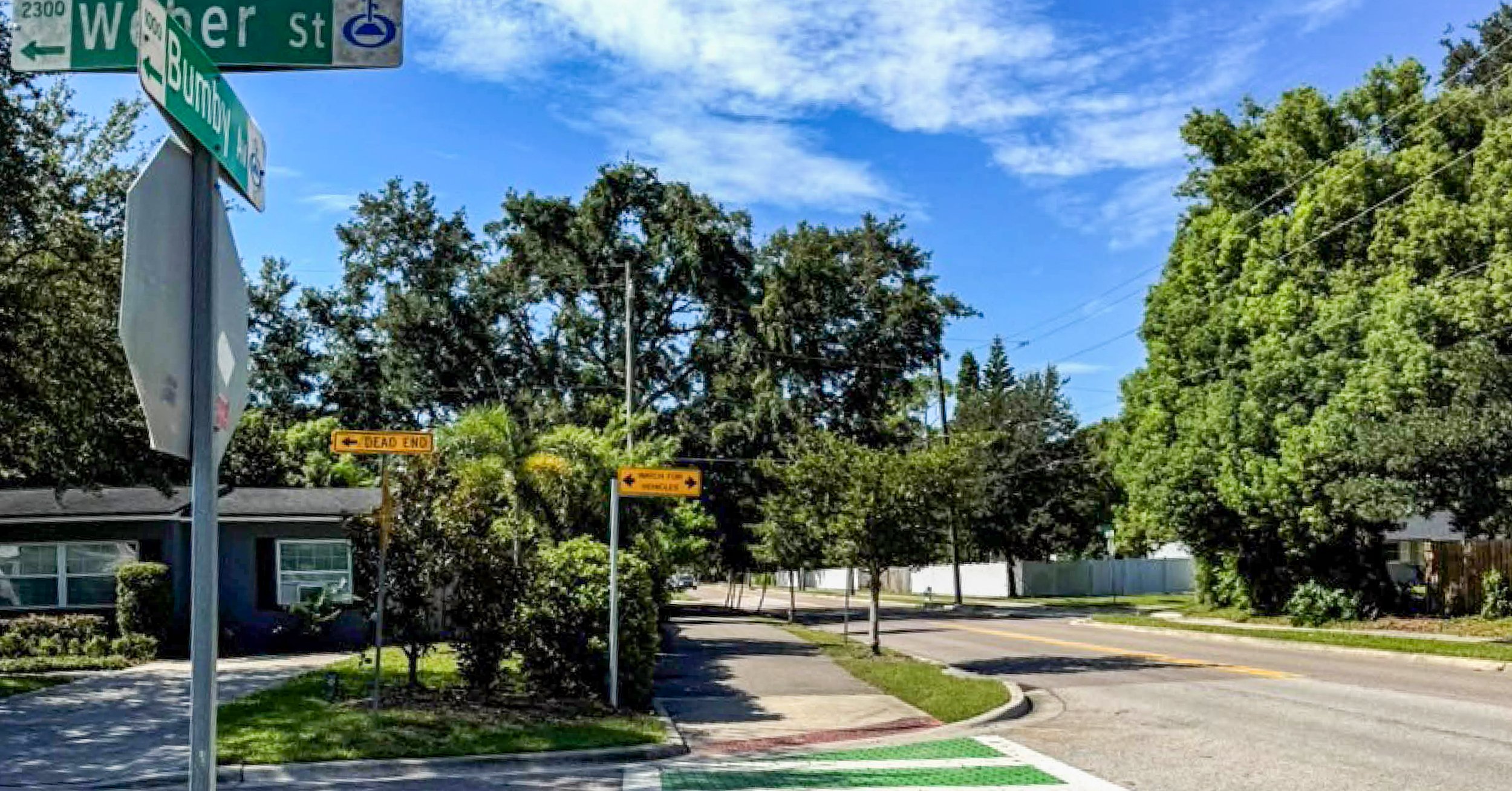Natural disasters in many forms are occurring more frequently – from devastating hurricanes and tornadoes to flooding and wildfires disrupting lives, livelihoods, and local economies. To mitigate future impacts of climate-related events and lengthen the life of infrastructure, it’s imperative to include resiliency in a project’s strategy.
For several years, DRMP has supported our clients to prepare for extreme weather events and recover from their impacts. To further enhance our services and address growing weather-related risks, DRMP’s Resilience and Sustainability services group was created. Our disaster resiliency services encompass coastal resiliency, unmanned aerial vehicle (UAV) surveillance, post-disaster recovery, and flood management solutions.
Our professionals provide full life-cycle resilience services for both public and private clients in our rapidly expanding region. Our DRMP offices across Florida and North Carolina excel in programs that are:
- Capital Intensive - Provide support to organizations on capital-intensive projects striving for maximum return in the shortest period;
- Technically Complex - Provide end-to-end solutions for technically complex challenges at various stages of the resilience lifecycle: from initial planning and funding strategies to resilient design and construction management; and
- Environmentally Sensitive – Provide comprehensive approach to developing alternatives that effectively minimize impacts to natural resources and ensuring environmental permit compliance by function as the liaison between clients and the regulatory agencies.
DRMP understands that resilience is a way of approaching all aspects of the community and is a continual process of improvement and preparation. That’s why we approach resilience and sustainability services as a partnership with our clients by offering our Resilience Value Chain. We differentiate ourselves within the industry by enveloping all the domains of resilience (Ecosystem Resilience, Infrastructure Resilience, Community Resilience, and Disaster Management) under a unified management approach.
Here are just a few examples of the numerous resilience projects that DRMP engineers contribute to:
Ecosystem: Coastal Resilience
Titusville, Fla., Causeway Multi-Trophic Shoreline Stabilization
This project restored approximately 2,600 feet of shoreline along the south Titusville Causeway in Brevard County, Fla. This specific area has consistently seen erosion, which has significantly impacted the Indian River Lagoon, area wildlife, and public recreation. The restoration practices included seagrass planting, seeding clams, and constructing wave attenuation devices (WAD). The outcomes from this project have been the overall protection of the shoreline area by increased sand accretion, reduced erosion, and enhancement of the surrounding ecosystem.

Transportation: Landslide Resilience
North Carolina’s Interstate 40 Tropical Storm Fred Landslide
Interstate 40 in North Carolina shut down due to 4 million gallons of rock and soil dumped onto the road after a landslide. The North Carolina Department of Transportation (NCDOT) called upon DRMP’s Survey services, which involved using a UAV to collect data for NCDOT to help reopen the highway. The DRMP team mobilized within 10 hours and set ground control and flew several UAV missions to create surface models to help ensure the area was safe for the public.
Once the area was deemed secure, the DRMP team continued to evaluate the landslide site, using UAV surveys, to identify resilient solutions to mitigate future threats and damage. This required setting monitoring points and aerial targets to inspect ground movement near Bald Mountain Lake at the surface. Ultimately, DRMP provided a 3D model to be used to design a V-shaped slope with a catchment in the center to direct future falls away from traffic and protect the roadway from direct damage.

Community: Flood Control
Hillsborough County, Fla., Flood-Prone Idlewild Neighborhood
One critical component of Community resilience is reducing or eliminating threats to residential housing. DRMP provided professional engineering services to resolve a chronic neighborhood flooding problem in the Idlewild neighborhood in Hillsborough County, Fla. To reduce repetitive losses in this neighborhood, DRMP engineers carefully evaluated flood models and developed a resilient strategy to increase drainage capacity using increased drainage through the construction of a 42-inch storm pipe, which serves as a secondary outfall pipe to alleviate flooding. To increase resilience in water quality, DRMP excavated between two existing ponds while the control elevation in the pond was lowered to provide for additional storage. The secondary outfall provides flood relief in larger storm events.
Following construction, in June of 2016, Tropical Storm Colin produced 5.3 inches of rain in the project area, and no street or residential flooding was experienced. The positive impact of this project on the Idlewild neighborhood resulted in DRMP being awarded the 2017 American Public Works Association (APWA) West Coast Branch Environmental Project of the Year.

DRMP is committed to enhancing resilience by establishing a dedicated Resilience and Sustainability services group and offering comprehensive solutions across ecosystems, transportation, and communities. Through projects like shoreline stabilization, landslide mitigation, and flood control, DRMP continues to lead in safeguarding lives, infrastructure, and environments against the growing threats posed by extreme weather events.
Josh Norman serves as the Disaster Resilience and Sustainability Practice Leader for DRMP.





















